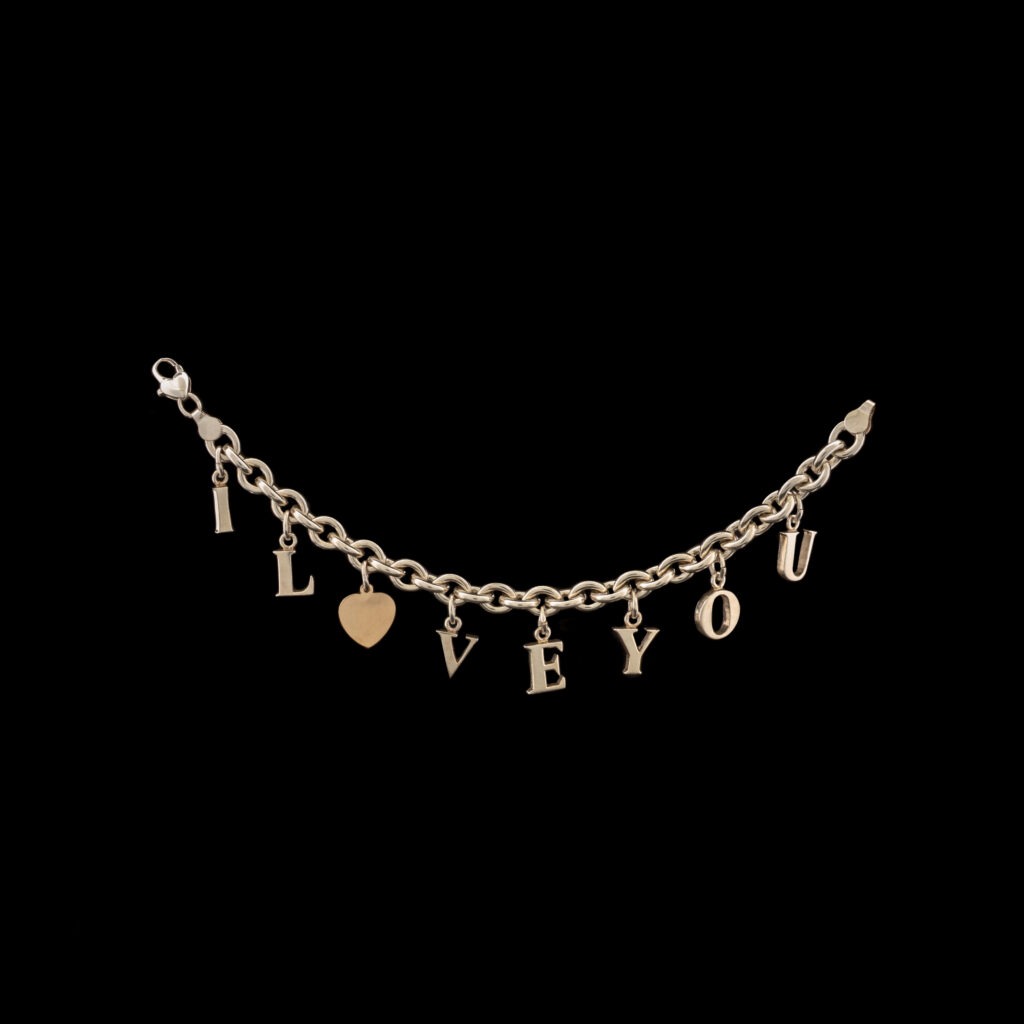
Jewelry has long been a symbol of beauty, wealth, and affection. New jewelry often takes center stage in luxury boutiques, but second-hand jewelry is gaining popularity among eco-conscious consumers. Vintage jewelry offers a unique blend of history, craftsmanship, and value.
Considering Second-Hand Jewelry?
Exceptional Value for Money
Second-hand jewelry offers cost savings. Unlike new jewelry with high retail markups, pre-owned pieces are typically lower-priced—even when they are of equal or higher quality. Shoppers can acquire stunning, high-end pieces at a fraction of the cost of new ones.
Unique and Vintage Designs
Many second-hand jewelry pieces are vintage or antique, meaning they were crafted in an era featuring design styles that were not mass-produced. From Art Deco rings to Edwardian brooches, these pieces carry a level of charm and character. For collectors and those who appreciate historical craftsmanship, second-hand jewelry offers distinctive and rare designs to treasure.
Sustainable and Eco-Friendly Choice
The jewelry industry, specifically gold and diamond mining, has significant environmental and ethical concerns, including deforestation, water pollution, and labor exploitation. Shoppers electing to buy second-hand jewelry reduce the demand for newly-mined materials, lowering the overall environmental footprint of jewelry consumption. Sustainable choices align with the values of those who seek to minimize their impact on the planet.
Investment Potential
Some second-hand jewelry increases in value over time, particularly jewelry that features rare gemstones, high-quality craftsmanship, or historical significance. Collectors and investors seek out vintage and antique jewelry as assets that can grow in worth, resulting in beautiful and practical investments.
Quality Control Buying Second-Hand Jewelry
When shopping for second-hand jewelry, it’s important to ensure that you’re getting a high-quality piece at a fair price. Here are some key factors to consider:
Authenticity and Certification
Look for hallmarks, makers’ marks, or other signs of authenticity. If you’re buying a piece with precious stones, request a certificate of authenticity from a reputable jeweler or gemologist to verify its quality and origin.
Condition and Wear
Second-hand jewelry has been previously owned, so inspect it carefully for signs of damage or wear. Some patina can add to the character of vintage jewelry, but missing stones, loose settings, or deep scratches may require costly repairs.
Reputation of the Seller
Purchase from reputable jewelers, antique dealers, or certified second-hand jewelry retailers. Online marketplaces can be a source of economical jewelry, but ensure the seller has positive reviews and offers return policies or guarantees.
Second-hand is more than a budget-friendly alternative
Buying second hand jewelry is a sustainable, stylish, and sentimental way to acquire beautiful accessories. Whether you’re looking for a timeless engagement ring, a vintage necklace, or a unique heirloom, pre-owned jewelry offers a world of possibilities. By making mindful purchases, buyers can enjoy the beauty of fine jewelry while contributing to a more sustainable and ethical future.
